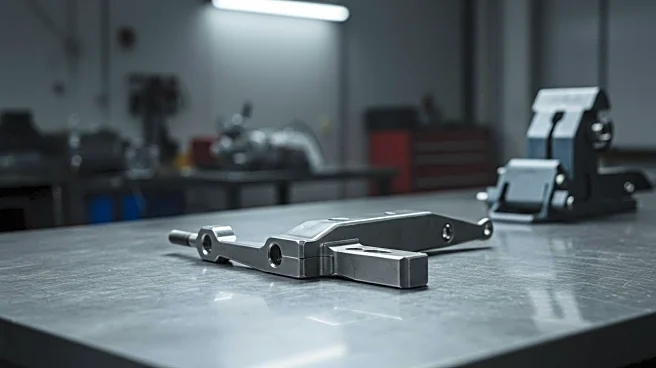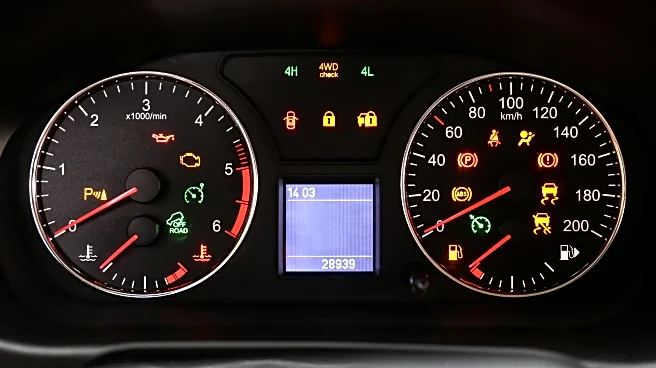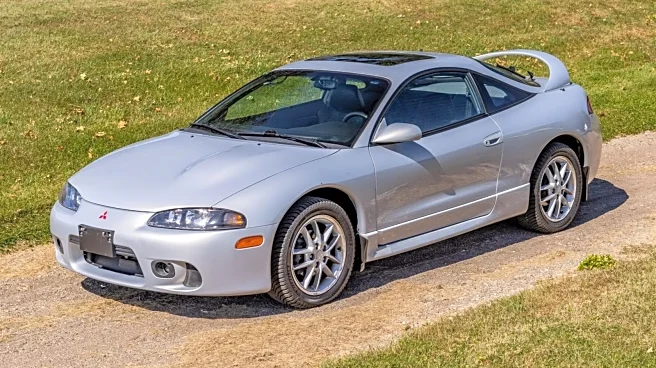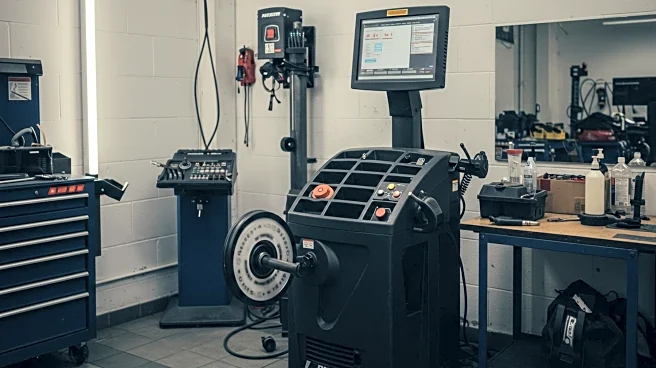
If your car's A/C smells like the inside of a gym bag left in a swamp, it's not because your ride suddenly developed "character." It's because mold, mildew, and bacteria have decided your HVAC system is prime real estate. The kind that the Little Trees pine tree scent could not evict. The source is usually moisture trapped in the evaporator core — the part that cools the air before it enters your cabin.
Every time you run the A/C, warm air hits this cold core, creating condensation. Normally, the water
drains out through a small tube under the car. But if it doesn't drain properly, that moisture becomes the perfect breeding ground for musty-smelling microbes. Spores, pollen, and organic debris add fuel to the microbial party. These particles settle on the damp surfaces inside the evaporator housing, giving mold spores exactly what they need to thrive. Over time, the air blowing into your cabin carries that stale odor with it — and no amount of air freshener will fix the root cause.
Sometimes, a clogged cabin air filter makes things worse by restricting airflow, which allows even more moisture to stick around. If your vents smell funky the moment you turn on the fan, the issue is almost always inside the system itself, not the outside air. It's best to address and clean that nasty mess out of your car right away before you choke.
Read more: Save Your Engine: 5 Tips For Preventing And Cleaning Carbon Buildup
How To Banish The Odor For Good

The fix starts with identifying where the smell originates. If your cabin air filter hasn't been replaced in a year or two because you're lazy, swap it out. Toyota recommends a change every 15,000 miles, depending on the vehicle and location. A dirty filter can trap moisture and contaminants, allowing bacteria to fester. This could be bad news for those with allergies and breathing problems. It's a cheap, easy first step that sometimes solves the issue immediately. Unless you own a Volkswagen ID Buzz, whose cabin filter replacement is a complex procedure.
If the smell persists, the evaporator core needs attention. Many mechanics use an auto-specific foaming cleaner designed to kill mold and bacteria on contact. The foam is applied through the air intake vents or directly into the evaporator housing. You can also run your fan without A/C for the last few minutes of your drive. This helps dry out the evaporator before you park, reducing the moisture that bacteria love. In drastic cases, an evaporator deep cleaning done by a mechanic is needed — though that's usually a last resort.
There are also ozone treatments. Pumping ozone gas through your HVAC system to wipe out bacteria and odors. It's a stronger approach, but it can be highly effective if the smell is really stubborn. This is not just masking the scent, but actually removing the microbial source.
Keeping Your A/C Smelling Fresh

Prevention is the easiest long-term solution. If you want your A/C to keep blowing cold air, take note of these tips. Start by replacing your cabin air filter regularly. Keep your dashboard vents clear of dust and debris so nothing gets sucked into the system. During warmer months, use the "recirculate" mode sparingly. While it helps the A/C cool faster, it also traps moisture inside the cabin. Switching to fresh-air mode periodically can help keep things drier. Running your fan for a of couple minutes before shutting off the engine is another easy way to evaporate leftover moisture in the core.
Parking in the shade or using a sunshade can also help, as cooler interior temps mean less condensation buildup. If you notice water pooling under your car less than usual when the A/C runs, check the drain tube for clogs — a blocked drain will almost guarantee a musty smell in the future. By keeping moisture under control and airflow unobstructed, you'll make it much harder for mold and bacteria to take hold. That means your car will smell like, well, nothing — which is exactly what you want from an A/C system.
Want more like this? Join the Jalopnik newsletter to get the latest auto news sent straight to your inbox...
Read the original article on Jalopnik.













